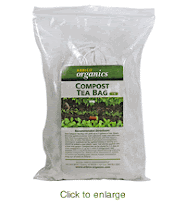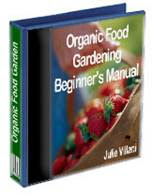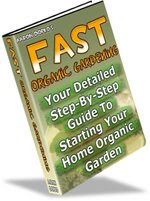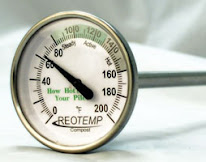You don't need a compost bin to make compost. This is your autumn chore to keep you busy in the winter month using the free materials in abundance from the fall season. You can use your compost on your indoor plants and indoor garden. Plus you can be making the compost for your spring outdoor garden.
Here are the ingredients you need (and they are mostly free):
The carbon rich or "brown" (dry) materials such as the dry fall leaves, straw, dead flowers, dead plants from your garden..
The nitrogen rich or "green" (wet) materials like your grass clippings, plant-based kitchen waste (vegetable peelings and fruit rinds, no meat scraps).
Some garden soil.
A little water.
Some heavy duty trash bags.
Here's what you need to do:
Take 1 trash bag and begin by filling a layer about 3 inches thick of your dry, brown material. Now add a little of your green material. You want a ratio of 3 parts brown to 1 part green. Next add a small shovelful of garden soil. Sprinkle water to moisten the leaves thoroughly. Repeat this layering until bag is near full and can still be tied closed. Tie the bag closed. Now poke some holes near the top and bottom to let oxygen and some water in and carbon dioxide and excess water out. Now mix it all up by shaking or rolling the trash bag. Every few weeks mix again and moisten the leaves if they dry out.
In about 2 to 3 months open and take out the dark, crumbly material. It will look like moldy leaves, technically speaking, it is. But for our sakes we call it "compost". Use it as mulch and a soil amendment and fertilizer for your indoor plants, indoor garden or for next years garden. A little layer on top of the soil will feed your plants, prevent plant diseases, suppress weeds, and conserve water.
Now if this is too slow for you, use black trash bags and set them in the sun during winter to get faster results. You should also shred the materials first and then layer them up. If letting set in the sun, be sure to roll or mix the bag up every few days and keep the mix moist but not soggy. If you notice steam escaping out of the holes you poked in the bag it is a sign the compost is heating up as a result of the materials decomposing.
Your compost is done when it isn't heating anymore and if you cannot identify the materials. It is fine also to use the compost that's not quite finished as mulch for an indoor garden but not in plant potting mixes unless it is fully done to prevent nutrient germination. And screen out any big chunks if you use the compost in a potting mix. Try this sniff test to see if your compost is ready to mix with your potting mixes.
Mix some of your compost and water in a jar until the compost is soggy. Seal jar and wait 1 week. Open the jar. If the compost smells bad, it's not done yet. If it smells earthy, then it's ready to use.
Read more...









